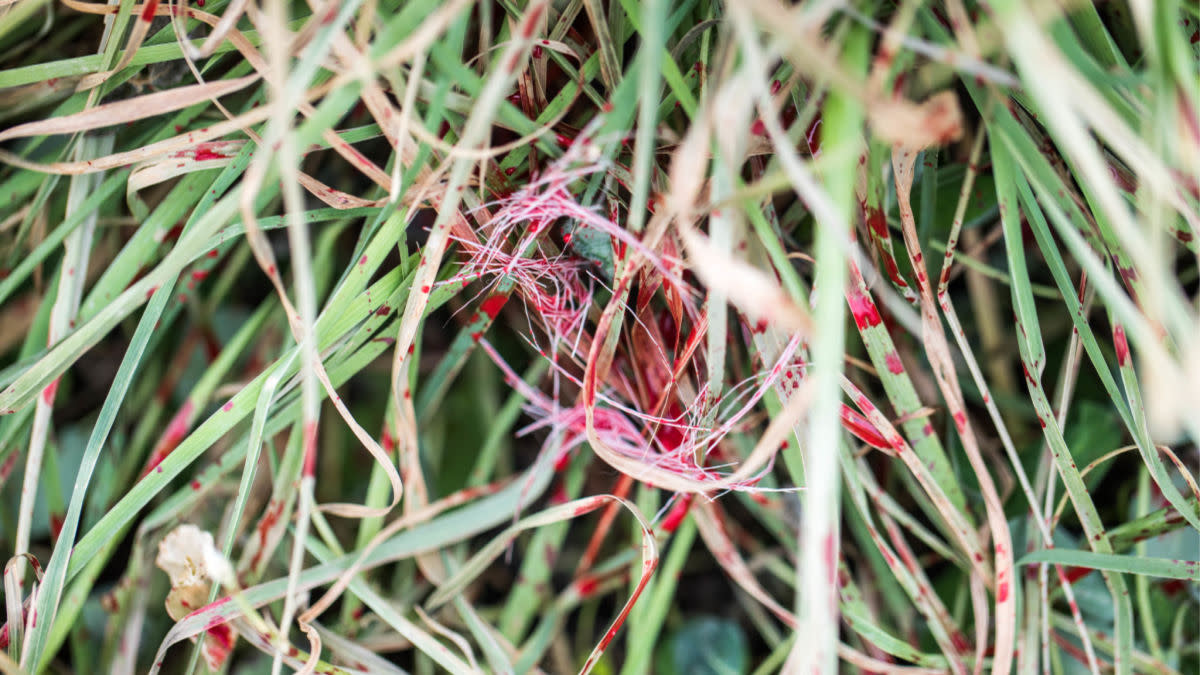
You shot a deer. The first question is how long you should wait before going to look for it.
As a young hunter in the 1990s, I couldn’t help but be impressed by my uncle’s backwoods approach to this issue. Before each hunt, he’d pack a thick cigar inside his jacket. If he shot a buck, he’d smoke it down to the end and only then leave his blind to pick up the blood trail. Despite the simplistic allure of the burn down strategy, I’ve learned that this decision requires a little more thought and, ultimately, may very well determine whether a recovery happens at all.
Why Wait?
As much as we’d like every deer we shoot to instantaneously drop dead, the reality is that not all shots are immediately fatal. Rather than crashing to the ground, many wounded deer will run off out of sight and expire after some time.
Typically, once a hit deer reaches some kind of cover it will bed down and die in minutes or hours, depending on the quality of the shot. But if that deer senses impending danger, they remarkably can get back on their feet and continue to run. Adrenaline and survival instincts are powerful things. Even a fatally hit deer can cover hundreds or thousands of extra yards. This extra distance can sometimes be the difference between a recovered deer and one that is lost forever.
“I do everything I can to not move a deer out of its initial bed,” expert whitetail hunter Mark Drury said in Ep. 292 of the Wired To Hunt Podcast. Bump a deer out of its bed, he explained, and not only will that deer travel further but its wound can often coagulate or clog up enough to make the blood trail disappear.
For this reason, the recommended approach is to wait a certain amount of time after taking a shot at a deer before tracking—a decision that is based almost solely off your assessment of the shot placement.
What Kind of Shot?
The first step in determining how long to let a deer lay before tracking is to determine where you hit it. To do this you must examine the “totality of the evidence,” Drury explained. This means considering criteria such as where you think you saw your arrow or bullet hit the deer, the blood or sign visible at the shot site, and the way the deer behaved after the shot.
“When you shot them, were they calm, and then did they leave as a scolded dog? That I’ve found is generally a good sign,” said Drury. “Did they hunch up? Are you dealing with a liver, stomach, or intestine hit? If you get a deer that does that, chances are you’ve got a deer that is not [immediately] fatally hit and you better find out how long you need to wait.”
To make a decision, find your arrow and the beginning of the blood trail. A heart shot deer will paint your arrow with crimson red blood and leave an obvious path to your buck. A lung shot deer will have pink, bubbly blood, which should create a good blood trail that will often swipe vegetation and trees at waist high. A liver shot deer will smother an arrow with dark red blood and create a tapering off trail. A gut shot deer won’t leave much blood on an arrow, but what is there will have shades of green and brown with a gut-like smell.
After coming to your best determination of where the hit was located, you can then decide on the proper wait time. While opinions vary, it’s generally accepted that a heart shot deer can be recovered right away, double lung shot deer can be tracked within 30 to 90 minutes, a single lung or liver hit deer should likely be given closer to 4 to 6 hours, and a gut hit deer should be given 8 to 12 or more hours.
Downsides of Waiting?
Waiting to track a deer comes with some potential downsides, which critics are quick to point out. First, the longer you let a deer lay, especially in warm weather, the greater chances of meat spoilage. Second, there is a risk that predators might move in and claim some of the deer for their own.
These are real risks, but certainly not the rule. You must weigh the risks each time based off current temperatures and predator presence, versus the risk of pushing the deer beyond your reach. I’ve personally never once lost meat to spoilage, despite having to leave several deer over night before tracking, and only once have I been beaten to a deer by coyotes. That said, I view the alternative to these outcomes as being significantly more negative.
I would rather ensure recovery of my deer, whether that be in a perfect or diminished state, than have no recovery at all. The amount of time given before tracking is often the hinge the outcome swings upon.
Feature image via Captured Creative.



